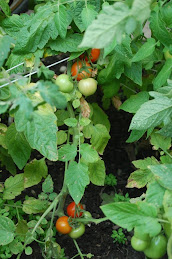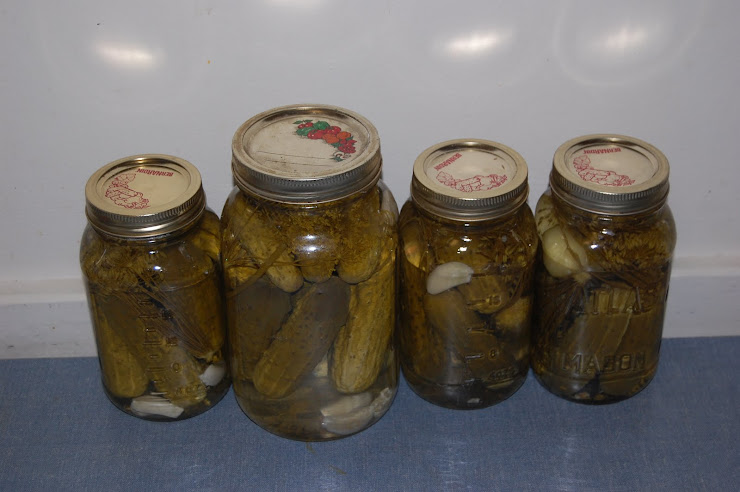
When most people think of Canada's largest city, they picture things like the the CN tower, subways and streetcars. Even for those of us who live here, Toronto is more about traffic and nightlife than nature. But there's still lots of wilderness to be found within city limits and you don't have to drive 3 hours to get to it- in fact you don't even need a car!
Recently the annual Tour de Greenbelt took place in Rouge Park. Like previous years the tour featured bike rides through some of our local Greenbelt, with routes ranging from 12 km to 100 km. Unlike other years however, this event was the first time riders (and volunteers like me) could get to the starting point without leaving the city.

Rouge Park is located on the eastern border of Toronto, overlapping into Pickering, and encompasses over 47 km2. It joins the Oak Ridges Moraine, which is located about 50 km north of Toronto, and the City's biggest wetland, where the Rouge River empties into Lake Ontario. It includes two National Historic Sites, a number of working farms, The Toronto Zoo and Glen Rouge Campground. And it's totally accessible by public transit!

The Russian and I love the campground; we can load all of our gear on a couple of wheeled carriers, jump on the Go Train to Rouge Hill station, where we catch a northbound TTC bus which drops us about 10 minutes walk from the campground, all for under $10 each. The campground is located on the Rouge River and features tent and trailer camping with optional water and hydro hookups for a nominal fee. It's peaceful and wooded, with lots of hiking trails and fishing spots, and if you run out of supplies, it's only a 20 minute walk to the nearest grocery store!

At the the Tour de Greenbelt I had a chance to check parts of the Park I'd never seen before, including the gatehouse to a mansion that was formerly located in the Park.

The Park is a forager's delight! Wandering around the trails I found wild grapes, sumac and black walnuts all with in easy picking reach.


I also spotted apples but the best find of the day was Autumn olives (also known as olive berries)!

They were abundant and beautifuly ripe so I picked as many as I could and brought them home along with the usual spoils- lots of leftovers from our barbecue!

The park is governed by a number of different agencies, including the Toronto and Region Conservation Authority. The board of directors for Rouge Park is the Rouge Park Alliance, a partnership of 12 government organizations and one not-for-profit group. This group has been lobbying for years to have the Park declared Canada's first urban National Park and recently the federal government announced that it has plans to do so in the near future- let's hope that this is one promise that the Harper government actually fulfills!
At the opposite end of the city, northwest of the downtown core, lies another watershed known as the Humber Ravine. It consists of a series of parks connected by the Humber River Trail. Last weekend, the West End Food Co-op held the Ride for Real Food, a fundraiser for our new store set to open in Dec. About 20 courageous riders signed up to bike 34 km from Magwood Park on Humber River near The Old Mill, to Kourtright Conservation area just north of the city.
 The route was mainly on trails that followed the river, through parks and nature areas and it was a glorious fall day, perfect for riding. We even got to watch the lake salmon swimming upstream to spawn!
The route was mainly on trails that followed the river, through parks and nature areas and it was a glorious fall day, perfect for riding. We even got to watch the lake salmon swimming upstream to spawn!At the conservation area riders were treated to a fabulous luncheon of homemade pizzas and other treats featuring locally grown food. The event also allowed riders to check out Matchbox Garden and Seed who grown most of their produce on 2 acres of land within the Conservation area. Unlike the rest of Toronto, Matchbox has a glut of tomatoes this year, particularly yellow cherries so we were invited to pick as many as we wanted.

I brought home 4 litres of them!

Not a bad haul without leaving the city!

















.jpg)




No comments:
Post a Comment